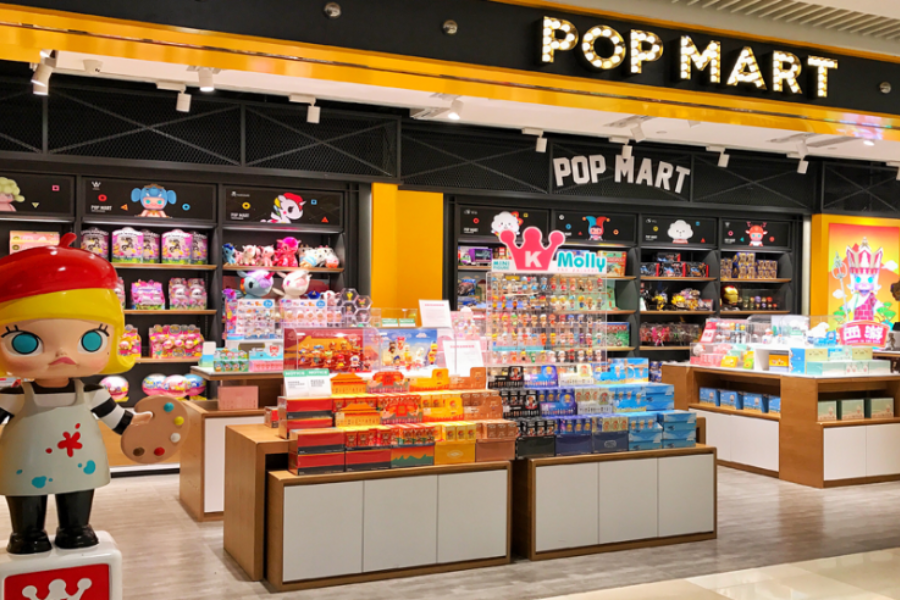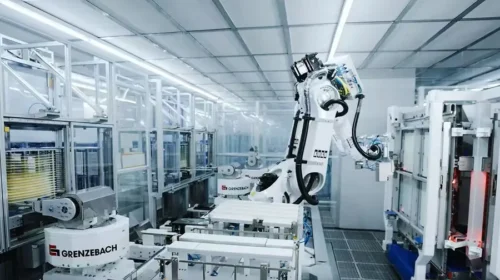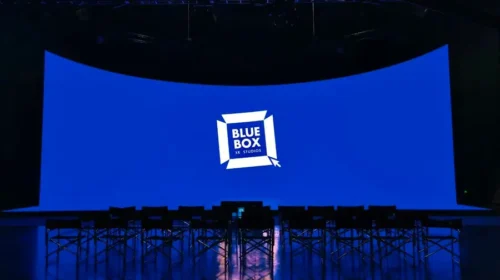Collectible Toy Maker Pop Mart Falls Out of Favor

The company that shot to success selling trendy toys from ‘blind boxes’ said its revenue fell 5% to 10% in the third quarter, reversing several years of explosive growth
Key Takeaways:
- Pop Mart said its third-quarter revenue fell between 5% and 10% year-over-year, deteriorating from an already-weak first half of 2022
- The company has launched a series of initiatives to jumpstart its growth, including a ramp-up in overseas development, though none have reaped significant success yet
By Trevor Mo
When you’re hot, you’re hot. And when you’re not, you’re not. That’s the painful lesson being learned these days by Pop Mart International Group Ltd. (9992.HK), whose trendy collectible toys are not quite as big as they used to be.
Pop Mart has increasingly disappointed investors these past two years as its growth slowed. Its latest quarterly update showed that trend is continuing, deepening fears that it may be on a longer-term downward trajectory off the hip and trendy list. Such is always the big danger for companies that live at the cutting edge of the latest trends, as they inevitably discover one day that someone else has become the hot new kid on the block.
Last Tuesday, Pop Mart announced a set of disappointing operating data for the quarter through September, with overall revenue declining between 5% and 10% from the same year-ago period – its first-ever decline since its 2020 IPO. It forecast sales in its top mainland China market fell by an even steeper 10% to 15%, according to its statement to the Hong Kong stock exchange.
Those results marked a significant break for a company that was used to seeing strong triple-digit revenue growth in recent years. We’ll explore the factors behind Pop Mart’s rapid deceleration shortly, and also its new business initiatives aimed at halting its slide. But first we’ll take a brief look at how we got to this point.
Founded in 2010, Pop Mart started out as a relatively ordinary toy and stationery seller peddling its wares in traditional physical stores. It didn’t really hit its stride until five years later when it adopted an innovative business model by selling toys in “blind boxes.” Those contained limited-edition toys – like the 1980s Beanie Babies sensation in the U.S. – packaged in opaque boxes to keep the contents a surprise until opened after a purchase. The business is extremely lucrative because people are willing to pay big premiums for the latest trendy toys and figurines.
Riding a wave of success as its toys gained a strong following, the company’s revenues leaped from 158 million yuan ($21.8 million) in 2017 to whopping 1.7 billion yuan in 2019, with its net profit exploding by a factor of 300 over that time. The company’s high-profile IPO in late 2020 became one of the best-performing debuts by a Chinese company in Hong Kong that year.
But Pop Mart has been unable to maintain that momentum. Its annual revenue growth slowed to 49% in 2020, though it picked up to 79% last year. Its latest third-quarter data marked its worst performance in recent memory, deteriorating from an already weak first half of 2022 when its revenue grew by 33% to 2.4 billion yuan and net profit dropped for the first time by 7.2% to 332 million yuan.
The company’s shares were largely unchanged in the two trading days after the announcement, indicating investors were prepared for the disappointment. Its closing price of HK$10.2 on Friday is about a quarter of its IPO price of HK$38.50, and is down nearly 90% from headier days early last year when the shares peaked at HK$90.
Pop Mart currently trades at a price-to-earnings (P/E) ratio of just 17, slipping below the 18 times for similarly struggling trendy retailing rival Miniso (MNSO.US; 9896.HK). Traditional U.S. toy giant Mattel (MAT.US) trades at an even lower P/E ratio of just 11.
New initiatives
There are several reasons behind Pop Mart’s recent rapid decline. Perhaps most importantly, frequent pandemic-related lockdowns and other control measures have put a big damper on consumer activity, especially the kind of leisure consumption that drives its business. The company protected itself somewhat over the last few years by moving its products online through partnerships with e-commerce companies including Alibaba (BABA.US; 9988.HK) and JD.com (JD.US; 9618.HK).
But it still relies heavily on sales in physical retail stores and from vending machines. Thus, its stores in the major cities of Chengdu and Shenzhen took a hit when both of those rolled out citywide lockdowns in the third quarter.
Making matters worse is a slowing Chinese economy that has reduced the spending power of many local consumers. The overall blind box industry may lose its growth momentum in such an environment, according to a recent research note by China Renaissance. The basic nature of its products as having no real use and simply being “for fun” is putting Pop Mart under pressure as “customers turn less likely to purchase products for conspicuous consumption,” the note said.
One key competitive advantage Pop Mart has long touted is its ability to develop products based on its large library of intellectual property (IP). The company’s flagship Molly toys – based on a design it acquired from a Hong Kong-based artist – became a phenomenal success immediately after their launch in 2018, setting the company on its upward trajectory.
The company has gradually expanded its IP library since then through both in-house development and acquisitions. As of August, it boasted 21 such IP designs, the majority of those self-developed, according to a recent research note by Caitong Securities. But none of its newer designs have been able to replicate Molly’s success.
At the same time, Pop Mart has been trying a series of other new initiatives to boost its business. Those include broadening its product lineup, ramping up overseas development and even making a foray into the theme park business.
In addition to selling its products in blind boxes, the company is also trying to sell toys in a more conventional way by targeting the high-end of the market. For example, its bigger “MEGA” series of toys launched in 2021 – averaging at least 28 centimeters (11 inches) in length – carry a starting retail price of 799 yuan.
Pop Mart has also been expanding outside mainland China since at least 2017, and stepped up that campaign this year with new store openings in countries including New Zealand, the U.S., South Korea, Japan and Australia. As of August, its international store count had reached 24, and the company is aiming to raise that to 40 by year-end.
The overseas initiative has reaped some initial success. For the three months through September, its overseas sales, which included Hong Kong, Macao, Taiwan and other geographies, grew by between 115% and 120% year-on-year, according to its latest quarterly results. Still, it is too early to say whether overseas market could become a significant growth driver for the company since they contributed just 6.6% of overall revenue in the first half of the year.
At the end of the day, Pop Mart will need to prove that it can grow its business in a sustainable way in order to win back investors. While newer initiatives are important for its future development, they are mostly in the early stages and will need to show they can become meaningful contributors. For now, the biggest challenge will be finding new hits to keep users coming back to splurge on its blind box toys that fueled its earlier rise.
To subscribe to Bamboo Works free weekly newsletter, click here






